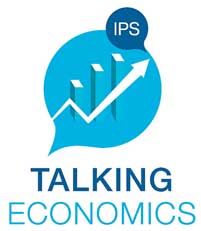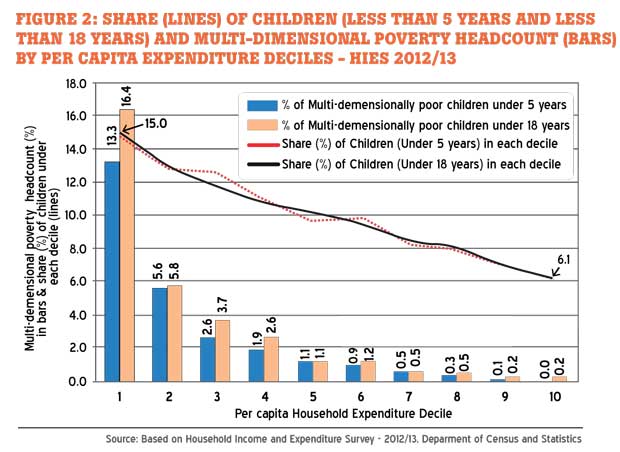30 Jul 2015 - {{hitsCtrl.values.hits}}
.jpg)
.jpg)
.jpg)
 nsionally poor (MDP) households. Multi-dimensional Poverty Index (MPI) is an index of acute multi-dimensional poverty that has three dimensions: health, education and living standards. These are measured by 10 indicators, which cover most of the aspects included in the above definition of child poverty, except the last two on participation and protection.
nsionally poor (MDP) households. Multi-dimensional Poverty Index (MPI) is an index of acute multi-dimensional poverty that has three dimensions: health, education and living standards. These are measured by 10 indicators, which cover most of the aspects included in the above definition of child poverty, except the last two on participation and protection. 
26 Nov 2024 5 hours ago
26 Nov 2024 7 hours ago
26 Nov 2024 7 hours ago
26 Nov 2024 8 hours ago
26 Nov 2024 9 hours ago